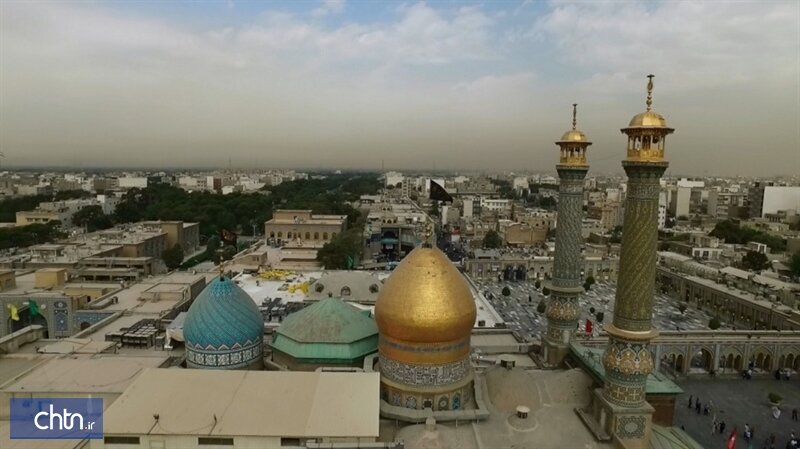TEHRAN – Nine centuries-old sites, including holy shrines, caravansaries, mansions, a bazaar, a subterranean cistern, and a watermill in the city of Rey, southeast of Tehran, are scheduled to be demarcated.
Holy shrines of Shah Abdol Azim and Bibi Shahr-Banu, traditional bazaar, Arad cistern, and Kenargerd caravansary, which all are inscribed on the National Cultural Heritage list, are among the sites which are to be demarcated by the end of the current Iranian calendar year 1399 (started March 21), Rey’s cultural heritage department director Amir Mosayeb Rahimzadeh said on Sunday, CHTN reported.
The demarcation projects aim at protecting these historical sites from illegal constructions within their boundaries.
About 40 out of 197 historical sites of Rey are inscribed on the National Cultural Heritage list.
Rey was one of the capital cities of the Parthian empire (3rd century BC–3rd century CE) and it was captured by the Muslim Arabs in 641 CE. During the reign of the Muslim caliph al-Mahdi in the 8th century, the city grew in importance until it was rivaled in western Asia only by Damascus and Baghdad.
According to Encyclopedia Britannica, Islamic writers described it as a city of extraordinary beauty, built largely of fired brick and brilliantly ornamented with blue faience (glazed earthenware). It continued to be an important city and was briefly a capital under the rule of the Seljuqs, but in the 12th century, it was weakened by the fierce quarrels of rival religious sects. In 1220 the city was almost entirely destroyed by the Mongols, and its inhabitants were massacred. Most of the survivors of the massacre moved to nearby Tehran, and the deserted remnants of Rey soon fell into complete ruin.


No comments:
Post a Comment